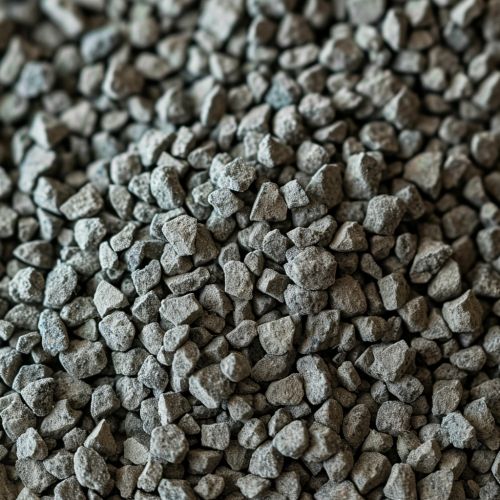Imidacloprid
Introduction
Imidacloprid is a systemic insecticide that belongs to a class of chemicals called the neonicotinoids, which are analogs of nicotine. It was first patented in the United States in 1988 by Bayer AG, and its patent expired in 2008. Imidacloprid is used to control sucking insects, termites, soil insects, and fleas on pets. It is the most widely used insecticide in the world.


Chemical Properties
Imidacloprid is a chlorinated compound and is a pale yellow crystalline solid with a slight smell. It has a molecular formula of C9H10ClN5O2 and a molecular weight of 255.66 g/mol. It is soluble in water and most organic solvents. The compound is stable under normal storage conditions, but it is sensitive to light and heat.
Mode of Action
Imidacloprid acts as an insect neurotoxin and works by interfering with the transmission of nerve impulses in insects by binding to the nicotinic acetylcholine receptor. This binding leads to the accumulation of acetylcholine, an important neurotransmitter, resulting in the paralysis and eventual death of the insect.
Usage and Application
Imidacloprid is used in a variety of settings. In agriculture, it is used to control pests that attack crops. In the home, it is used in products to control fleas on pets and to protect homes from termites. It is also used in veterinary applications for the protection of livestock.
Environmental Impact
Imidacloprid is highly toxic to bees and other beneficial insects. It is also toxic to birds and aquatic life. It has been found in surface waters and can leach into groundwater. The persistence of imidacloprid in soil can vary from 48 days to 190 days, depending on the soil type and environmental conditions.
Health Effects
Exposure to imidacloprid can have a variety of health effects in humans. These can range from skin and eye irritation to more serious effects such as neurotoxicity, reproductive toxicity, and cancer. However, the risk to humans from exposure to imidacloprid is generally low.
Regulation
Imidacloprid is regulated by the U.S. Environmental Protection Agency and the European Union. In the U.S., it is classified as a general use pesticide. In the EU, the use of imidacloprid has been restricted due to its high toxicity to bees.
